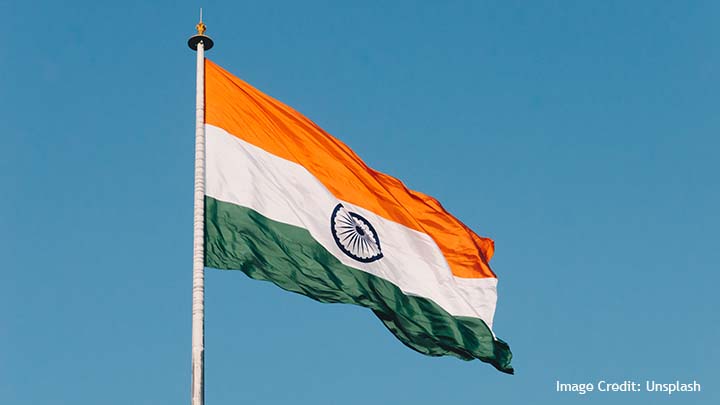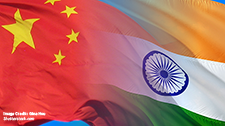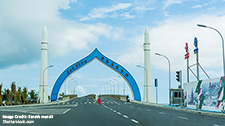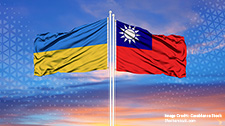West Asian minilateral geometry and India: Will I2-U2 usher the elusive peace?

Jagannath Panda
Introduction:
In April, the United Arab Emirates (UAE) Minister of State for Foreign Trade, Thani Al Zeyoudi, announced that the recently concluded free trade agreement (FTA) between India and the UAE – the Comprehensive Economic Partnership Agreement (CEPA) – would come into force on May 1. That the deal was completed in less than three months is a testimony to the newly sensitized Indian bureaucratic mindset about diverse diplomatic outreach (from East Asia to Latin America), including non-traditional partners. It also demonstrates India’s changing international economic post-pandemic outlook, as New Delhi emphasizes concluding FTAs as a pathway for greater economic growth and development. Ripple effects from the deal are already showing: India’s Reliance Industries Limited and the Abu Dhabi Chemicals Derivatives Company RSC Limited (TA’ZIZ) have forged a USD 2 billion partnership deal that will produce chemicals within the UAE and bring a host of new opportunities for further industrial and energy cooperation – as well as people-to-people interactions – between the two countries.
You can read the full article on TRENDS Research & Advisory’s website.
Related Publications
-
Could India’s relationship with China change under the new Modi government?
As the Indian Prime Minister Narendra Modi forms a new government for the consecutive third time after the BJP-led National Democratic Alliance (NDA) coalition secured a comfortable majority in the […]
-
To What Extent is China a ‘Security Threat’?
The current international order, led by the United States, is undergoing phenomenal political, economic, and security changes that will decide whether the order will continue as it is, or a […]
-
Maldives Walking Tight Rope between India and China
Like all the South Asian small states, the Maldives has been subjected to great power politics. There are five principles of Maldives’ foreign policy (mostly reciprocating with India’s ‘Panchsheel’) and […]
-
Positive Paranoia: Chinese Interpretations of Indo-Pacific Geopolitics
This Focus Asia paper seeks to interpret Chinese narratives on Indo-Pacific geopolitics by reviewing Chinese state media and scholarly opinions on Indo-Pacific geopolitics. For this purpose, the paper also examines […]
-
Not Drawing a Parallel. Ukraine and Taiwan: An Indian Perspective
Russia’s war against Ukraine has not only had economic, diplomatic, and geopolitical repercussions, but also exaggerated the fear of accelerated conflicts in the Indo-Pacific, a region with several unresolved conflicts […]




